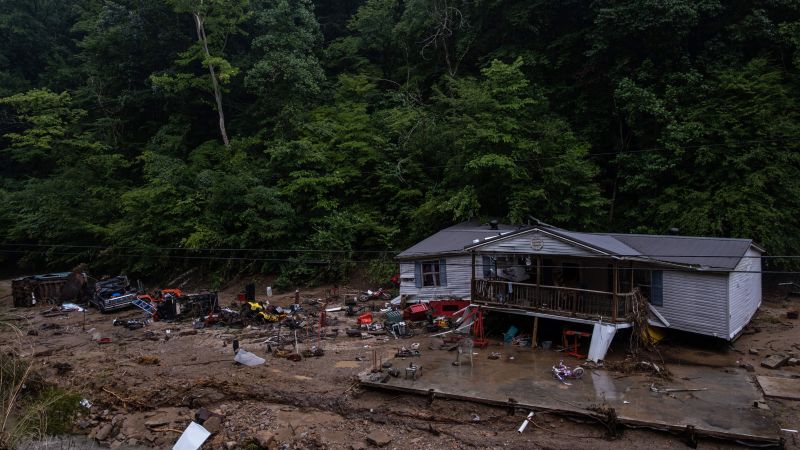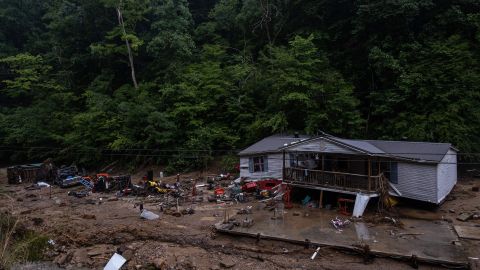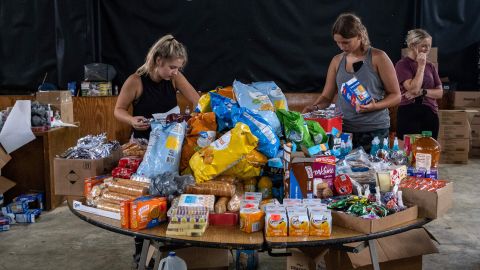Residents of an inland city have been shocked to learn their drinking water has not had fluoride added to it for three-and-half years.
Key points:
- Dubbo Regional Council has revealed there has been no fluoride added to the city’s water supply since January 2019
- The equipment failed and the council hopes to have the new infrastructure in place by June 2023
- A report last week found more than half a million Australians lack access to quality drinking water
Dubbo Regional Council has admitted the western NSW city’s fluoridation equipment failed in January 2019 and has remained offline, with repairs to the “non-compliant” equipment yet to begin.
This has affected more than 44,000 residents.
The council’s new chief executive, Murray Wood, said he had not been informed of the issue and only became aware of it in April after investigating a tip-off from the public.
I have claimed the council’s previous “senior leadership” did not take adequate steps to fix the problem on becoming aware of it years ago.
“An audit in 2019 found the infrastructure needed to be fully replaced,” Mr Wood said.
“Unfortunately from that point it appears there weren’t any actions to allow us to add fluoride back to the drinking water.
“Where the failing has been… and where the responsibility sits [is] with the person in my role to allocate budget and notify the council.
“All we can do is apologize for the lack of action, but know since I was made aware of it in April we’re doing everything we can moving forward.”
The ABC has attempted to contact the previous chief executive Michael McMahon for comment.
The council has engaged public works and is working to fix the problem by June 2023.
A common rural story
Dubbo is not the only western NSW town to learn it has been living without fluoridated water for years.
Coonabarabran and the broader Warrumbungle Shire have struggled for years.
The news comes after a report from the Australian National University last month found more than half a million Australians in at least 400 remote or regional communities lacked access to quality drinking water.
Fluoridation was discontinued in Coonabarabran in December 2015 and the plants in Binnaway and Baradine have been offline since January 2017.
Similarly, due to “problems with design failures”, fluoride dosing systems in Coolah and Mendooran were installed but have never operated.
In March the council confirmed $130,000 had been secured from NSW Health to reinstate the water fluoridation plant in Coolah for the first time since 2015, and “discussions continue on the funding for the other four sites across the shire”.
Oral health impact
Dubbo dentist Afaq Babi was surprised to learn residents had not had fluoridated water since 2019.
“I always ask patients if they’re on town water or rainwater supplies [to know what treatment to recommend],” Dr Baby said.
“Having fluoride in the water supply makes the teeth stronger against decay or bacterial attack compared to just enamel.
“I tell patients on water sources without fluoride in the water to substitute it with fluoride tablets or fluoride in toothpaste.”
Drinking water woes
Coonabarabran resident Lynda Brain said locals had not had reliably clean water at their homes for years.
“It goes into the bathtub, into the drinking water, people are using bottled water to bathe their children and wash their clothes in it because of the brown color and smell,” she said.
“It also tastes awful with a very strong chemical taste.”
She said the water’s appearance could range from light yellow to deep muddy brown.
One Coonabarabran resident told the ABC she had been buying bottled water since 2009.
Paired with having to run taps for minutes on end to try to flush out the discolored water, she estimated costs over time added up in the thousands.
Leaving an even worse taste in her mouth was the fact council rates had just risen.
“Buying water, paying council rates and being on a carer’s pension is difficult,” she said.
hope for change
Despite the yellow and brown colour, the Warrumbungle Shire Council is assuring the community the water is safe to drink.
It said cast iron water mains, which made up about 25 per cent of Coonabarabran’s pipes, were the apparent culprit for the yellowing tap supply and work to replace the mains was “in full swing”.
Water samples from designated sites in the Warrumbungle LGA are sent to a NSW Health laboratory weekly for analysis.
Recent test results show the town’s supply is compliant with the Australian Drinking Water Guidelines.
While the council is in the process of replacing 400 to 500 meters of cast iron water mains a year, it is an expensive and lengthy process.
A further $650,000 has been committed in the 2022/23 capital expenditure budget specifically for water infrastructure updates across the shire.
.



